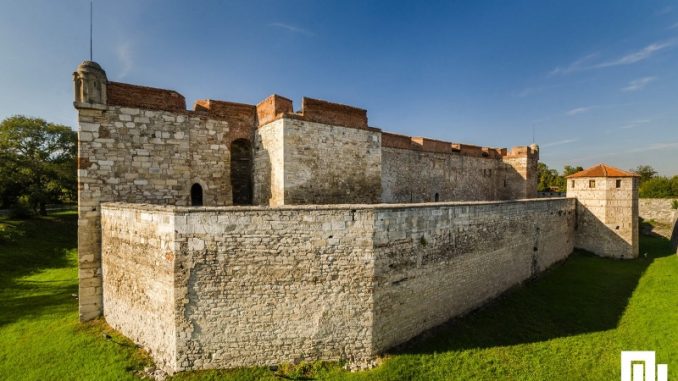
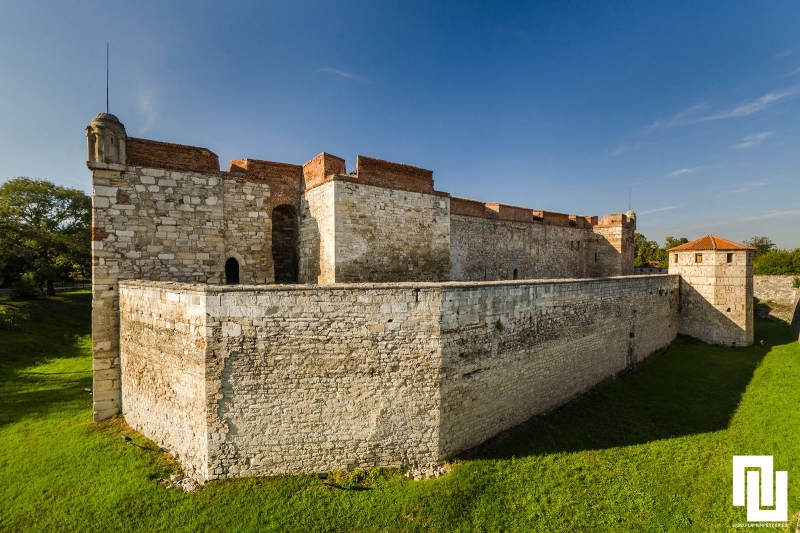
Sometimes I wonder if Bulgaria is the land of miracles, where we have a legend for every place, or the land of legends, each accompanied by a magical location. In either case, these lands are so rich in heritage, that one can easily get lost in legends, so I suggest following history through actual physical locations.
One of the must see places in Bulgaria is definitely the Baba Vida fortress in Vidin (next to the Danube river). Even if you’re not into historical sites, I hope this piece of information here makes you anxious to explore this place, as it is with no doubt not only with tremendous historical heritage, but also a piece of art.
The architecture
I do not want to bore you with information, but we need to lay down the basics before we begin: Baba Vida’s history dates back more than 2,000 years (just a quick reminder – we’re 2015 right now), going through different construction periods: Ancient – 1st to 4th century; Bulgarian – 10th to 14th century, and Ottoman – 15th to 20th century. All restoration activities are from the twentieth century, or in other words – modern Bulgaria.
The basic plan of the castle has not undergone major changes. It occupies an area of 9.5 acres, surrounded by a moat with a width of 12 meters (!) and a depth of 6 m. The fortress has a shape similar to a square with the corners oriented to the cardinal directions, with sides of about 70 m length. Nowadays all this doesn’t really mean much, but can you imagine how ambitious this project must have been for the people that originally started building it just about the time when Jesus Christ was walking the Earth. Especially, given that even today with all the machinery available some buildings are so much more fragile ?
The Legend
Interestingly enough, there isn’t only one but several legends for the Baba Vida fortress. I’ll share with you those I know and you can choose which one you like the most.
Version 1:
Once there was a rich Bulgarian boyar who had extensive estates stretching from the Carpathians to the Balkan Mountain. After his death, his three daughters Vida, Kula and Gamza split his possessions among themselves. Kula (with a center in today’s Bulgarian homonymous town) and Gamza (her capital was Gamzigrad, today in Serbia) – married but fell in for bad husbands, who easily wasted their father’s legacy. The eldest sister, Vida, remained single. Under her guidance a castle has been built-up where she lived to a ripe old age and successfully defended her subjects and lands from foreign attacks. As a sign of gratitude after her death, people named the castle after her – the Baba Vida or Baba Vida towers.
Version 2:
The legend tells a story about the construction of the fortress. People say it was in Latin times and everybody went to help work on this huge (for the times) building. They also say that all stones were brought from Bukovets by hand. One of the workers was a young man who had recently become a father, but needed to join the construction and send money to his wife and kid as they were very poor. Time was passing, his son was growing and one day the child started asking his mother if he had a dad at all. This is how long the construction was taking. When the mother explained to her kid where his father was, the kid immediately decided to prepare some food and go find his dad. When he arrived at the fortress, it took him days of going around and asking everyone about his dad. When he finally found him, his dad was so happy to see him that he started crying. And those tears, they say, soaked into the base of the fortress which is why the building is so strong and even today it is one of the best preserved fortresses in the world.
There are several other legends about the fortress and lots of historical data on Wikipedia if you’re interested in it. I personally know that I will forget the lessons in history, but I will never forget the story of the father, whose tears were dropping on the stones of this place 2000 years ago when he finally united with the son, he had never seen before…
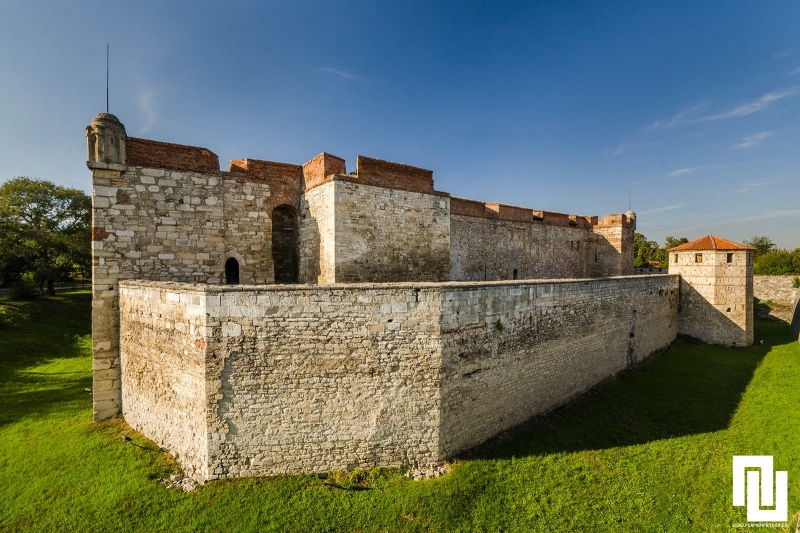
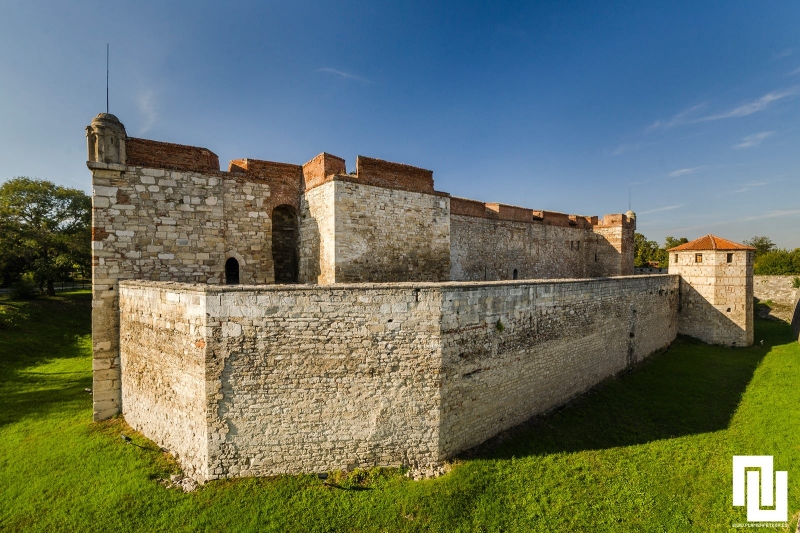
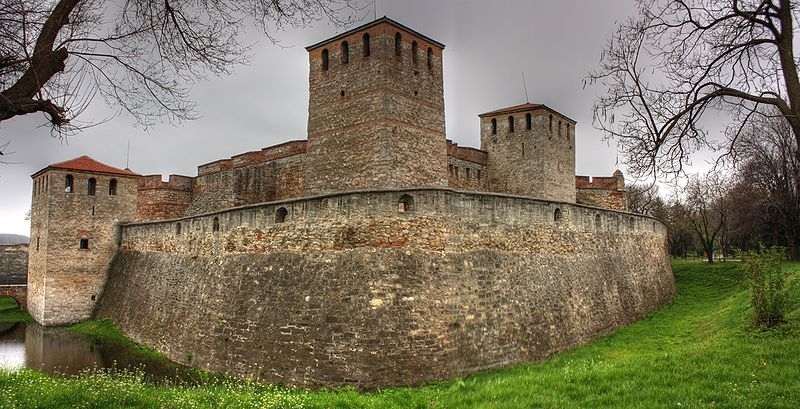
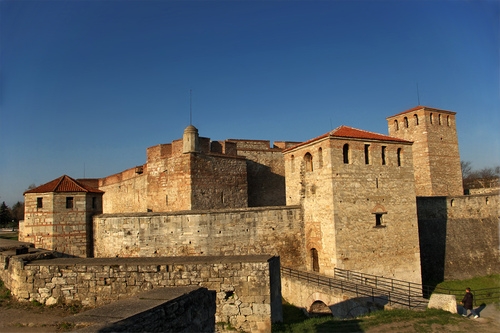
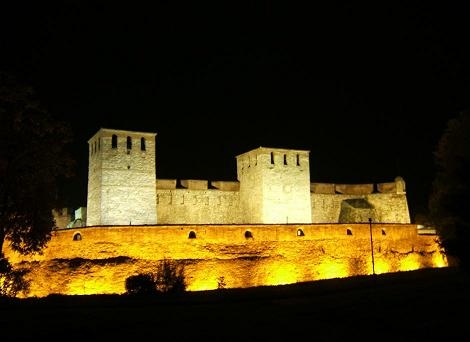
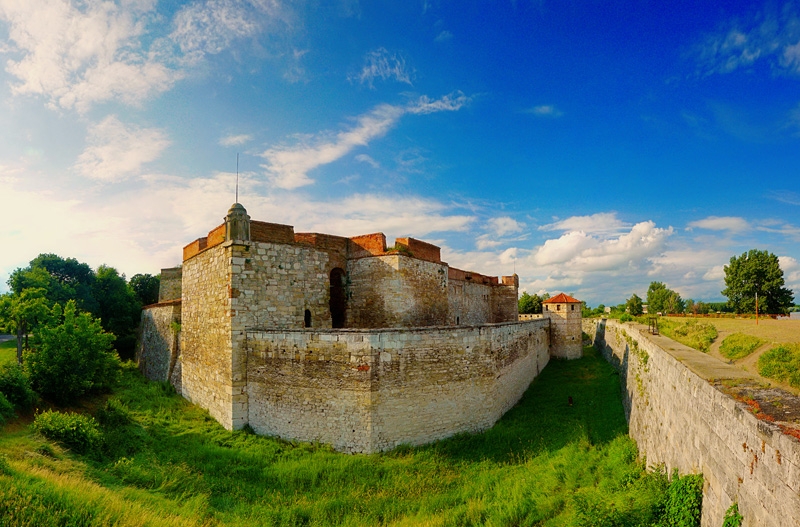
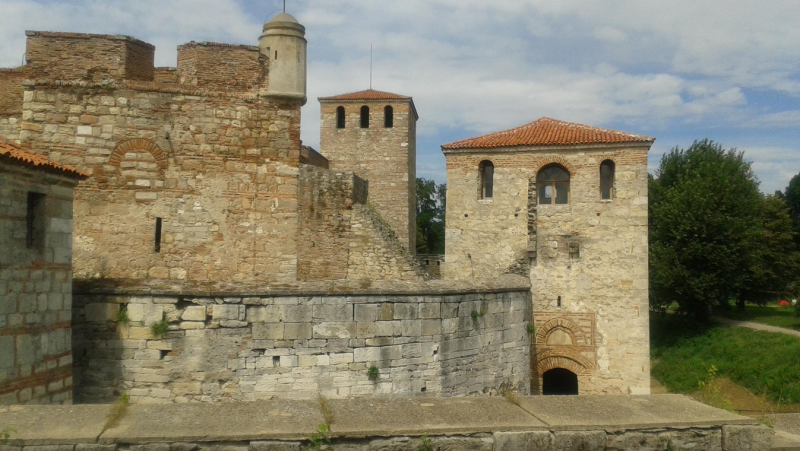

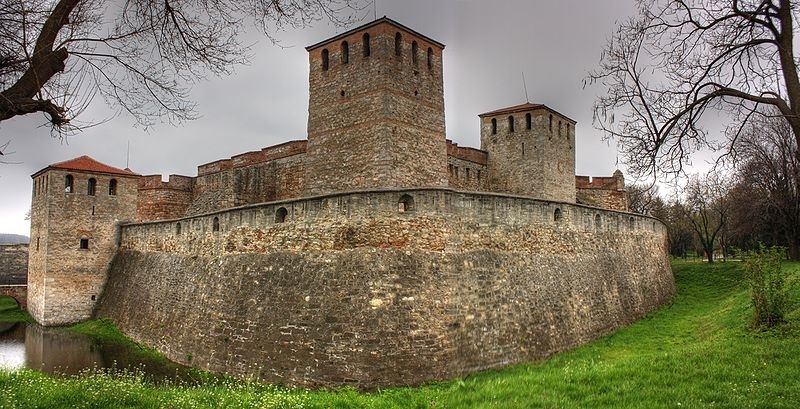

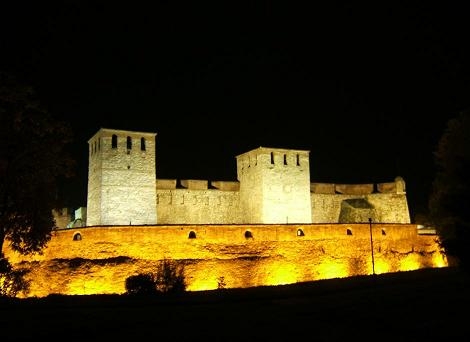
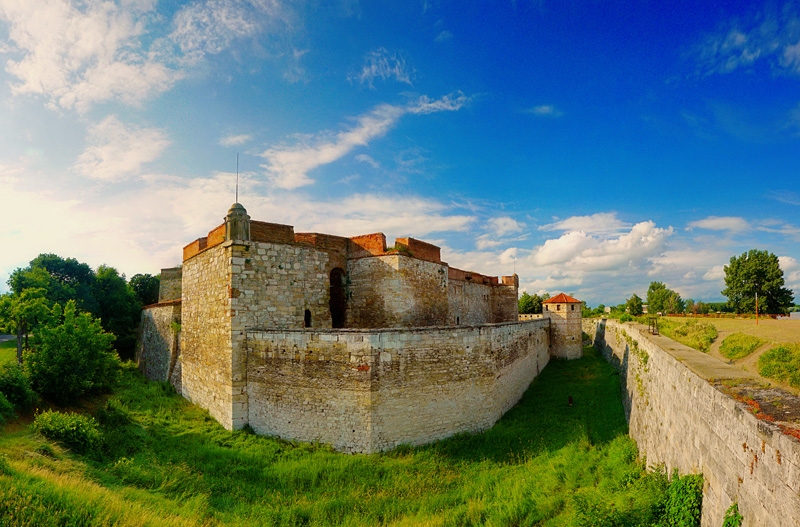

Resources used for this article:
http://severozapazenabg.com/en/
http://www.bgchudesa.com/wonder-for-national-vote-2015/Baba-Vida-Fortress.html
Images from:
http://www.plamenpetkov.eu
https://tihomirmladenov.wordpress.com/

Leave a Reply